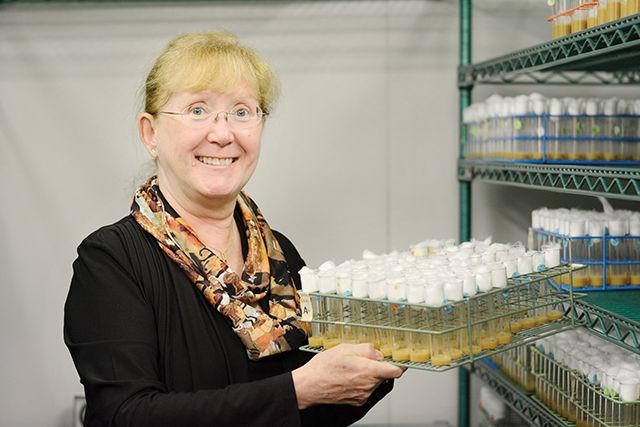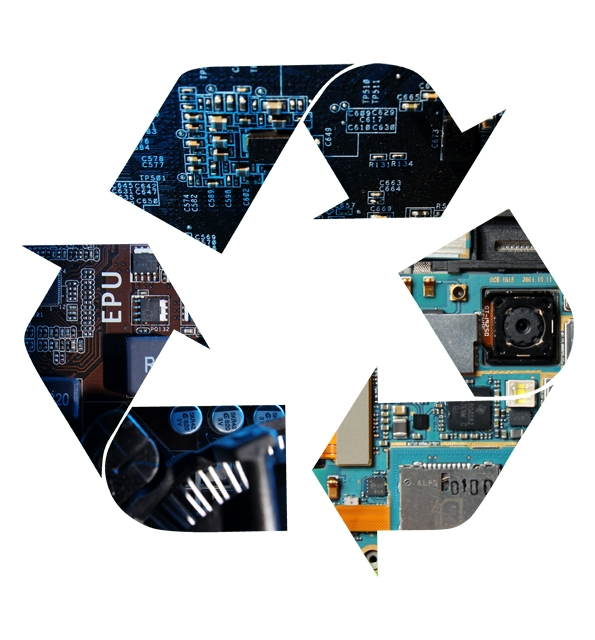In the never-ending quest to make current technology more compact, scientists are designing structures so small that the need to be measured in nanometers – that’s one trillionth of a meter. These tiny structures can be used in a number of ways, but they can be very valuable when used as circuit components.
The nanostructures are made from germanium sulfide (GeS) crystal, a semi-conductor and an important part of electronics. By drawing a single wire of the crystal, and growing flat planes of crystal from the wire – it looks like string threaded through sheets of paper – N.C. State researchers have created a three dimensional nanostructure with an enormous surface-area-to-volume ratio.
Unfortunately, there are no current and immediate applications of the GeS version of the structure. While it works for many applications, it is not as efficient as current technology. However, Linyou Cao, assistant professor of materials science and co-author of this research, said that by creating the same structure out of a more useful material, like molybdenum disulfide, the structure could be applied in a number of different scenarios.
This surface-area-to-volume ratio makes it an ideal structure for use in small electronics and light-detecting mechanisms. The thin planes that intersect with the wires are large enough to contain small electronic components. As they are connected through the center by the wire, it is possible to build small circuit boards across the planes, each plane connected to the next.
“If we could build in a vertical way, we could significantly improve computer performance,” Cao said.
The large surface area also makes the structures capable of absorbing light very well. This has applications in optical sensors of all kinds, as well as solar panels. This structure could even be used to create supercapacitors in the future by utilizing the gaps between the sheets to store energy.
Cao’s research was inspired by previous research he developed on two-dimensional nanosheet structures, as well as research a student of his was involved in on nanowires. Both of these structures derive their unique properties from being elementally pure and simple structures.
As structures these small cannot be physically manipulated, they had to be chemically reacted into the shape they are in now. Previous attempts to make this particular shape had failed, as getting the crystals to react at specific points along the wire, forming the planes, has proven impossible to control. However, during Cao’s research, the wire was exposed to air, which oxidized most of the wire, but left small openings that the nanosheets could grow from. In the future, this can be difficult to reproduce, and further research will be required in order to replicate the reaction.
A better control of the oxidation of the wire would allow for control of the size of the gap between nanosheets.
“If you tune-in the size, tune-in the gap, you can make each gap different, and make sure each of the nanosheets could detect a selective wavelength,” Cao said.
Cao hopes a lot will come out of his research, from another step in progressing the usefulness of solar panels, to more compact circuit boards capable of being produced in more flexible three-dimensional shapes.




